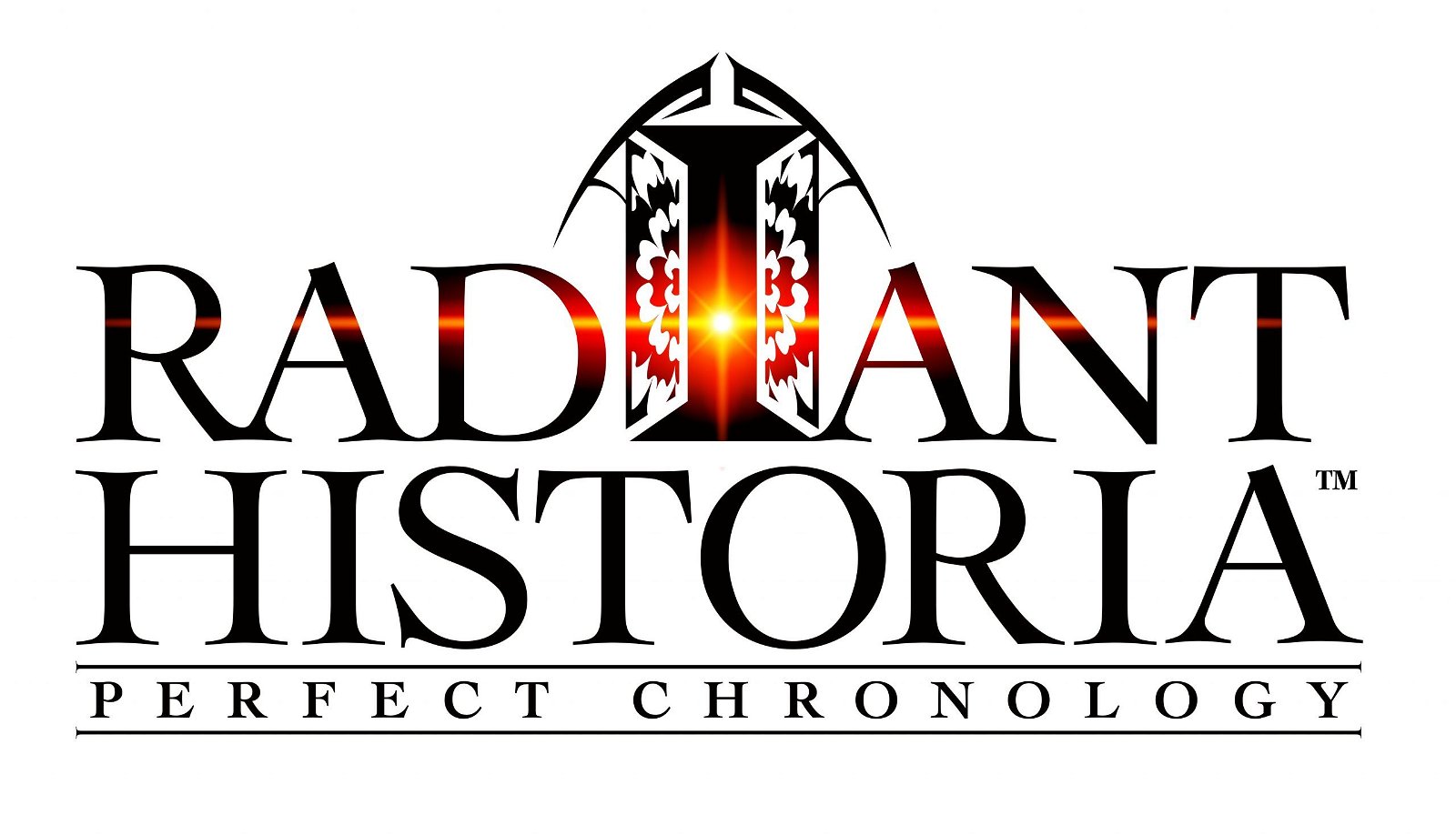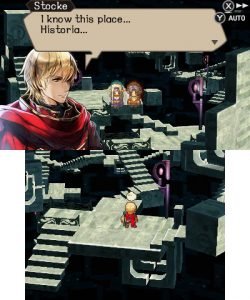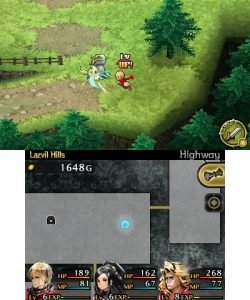Radiant Historia was a game that never truly earned its glowing reputation, as far as I’m concerned. The time-travelling RPG released on the Nintendo DS in 2011, garnering swift comparison to Chrono Trigger—an honour which, in retrospect, was bestowed upon it only for the temporal elements central to each game’s plot—and igniting a critical frenzy that doomed it to forever live in Chrono Trigger‘s shadow. Of course, Radiant Historia can’t be held accountable for merely existing in the same world as another game. Yet I cannot help but believe that its similarities to that seminal classic created a disconnect between the game Radiant Historia actually is and what fans convinced themselves it was. In reviving the game for the Nintendo 3DS as Radiant Historia: Perfect Chronology, Atlus has only solidified my belief that their take on the time-travelling RPG is a solid, B-tier effort. But “perfect?” Let’s not get ahead of ourselves.
As before, Perfect Chronology follows Alistelian Special Intelligence agent Stocke on his journey to save a dying world from desertification. To do so, he utilizes an artefact called the White Chronicle to jump between two parallel timelines, taking actions in each that bleed over to the next and eventually coalesce into a single, “true” history. Perfect Chronology adds a third timeline to the mix, one comprised of alternate worlds that tend to deviate slightly from the main scenario. These take the form of short quests doled out by a new character named Nemesia, and generally focus on enriching Stocke’s understanding of his world’s history. While these expositional tidbits provide intriguing context for the central narrative, the quests to earn them are largely superfluous. Radiant Historia‘s story was already complete, and adding throwaway episodes of the “find the magical McGuffin of the week” variety is about the least creative method of expansion I can imagine.
The pieces of the third timeline that ties directly into Perfect Chronology‘s new ending are the most frustrating of all. One of the first “rules” Radiant Historia establishes for its world is the idea that certain points in time are fixed and cannot be altered. Perfect Chronology goes against that idea by introducing myriad opportunities for Stocke to reverse the negative effects of his actions over the course of the story. As someone who had previously seen Radiant Historia through in its entirety, I found that this addition completely ruins the emotional impact of its ambiguous ending. Perfect Chronology allows players to tie every loose end up neatly with a bow, redeeming villains with shallow platitudes and imparting superficial good feelings by ensuring that everyone lives happily ever after. Thankfully, an “Append mode” exists to excise these elements from the plot, preserving the original Radiant Historia experience.
Given that Perfect Chronology is less of a remake and more of an enhanced port, its visual overhaul is less dramatic than one might imagine. The most striking change is a new art style that trades the original game’s dark, moody character portraits for something with more generic sensibilities. I found these new designs to be unusually soft and round, ill-suited to the script’s sombre tone. The in-game character sprites remain unaltered, and are as rough as I remember them; their animations still feel choppy, which is something I expected the developers to address. I find it interesting that Atlus would change the visual texture of the game by modifying its art style—which, incidentally, did not feel dated—while simultaneously ignoring the game’s rough graphical presentation elsewhere. At the very least, the 3DS’ widescreen format provides a larger field of vision, making Radiant Historia‘s dungeons feel far less cramped than they did in 2011.
Other additions to Perfect Chronology include illustrated event scenes and a full English dub that adds surprising narrative depth thanks to the quality of the cast’s performances. If anything, the dub helped add nuance and gravity to a script I didn’t fully appreciate the first time around. Also new to Perfect Chronology is a “Friendly” difficulty that allows Stocke to vanquish enemies by simply slashing them on the map. This is an excellent tool for Radiant Historia veterans to speed through the story and get to new content in a hurry. I particularly welcome the feature because I’ve never been a fan of Radiant Historia‘s battle system; positional, turn-based combat is something I generally enjoy, but here, it quickly becomes routine, and the same tactics can see the player through the entirety of the game because enemies rarely employ sophisticated strategies. The only place combat feels worthwhile is in the “Vault of Time,” a new, multi-room arena of sorts wherein Stocke can earn a currency called “Mementos.” This currency disappears whenever he leaves the Vault, but he can spend it on scrolls to learn new abilities and equipment that is generally stronger than whatever he has access to at any given story juncture. One niggle: The game never remembered my party setup, so I was frequently stuck using Marco and Raynie because they defaulted to my active team whenever I jumped around the timeline. It wasn’t personal, Gafka. I swear.
Seven years later, Radiant Historia is an RPG I would still firmly classify as “adequate.” It is curious that some of the spruced-up elements new to Perfect Chronology—particularly its redrawn art and additional story sequences—seem to actively work against the original game’s tone. On the plus side, it’s now more accessible than ever, both in terms of commercial availability and gentler gameplay mechanics. I’ve never quite understood why it’s so critically beloved, but I don’t regret revisiting it one last time.








